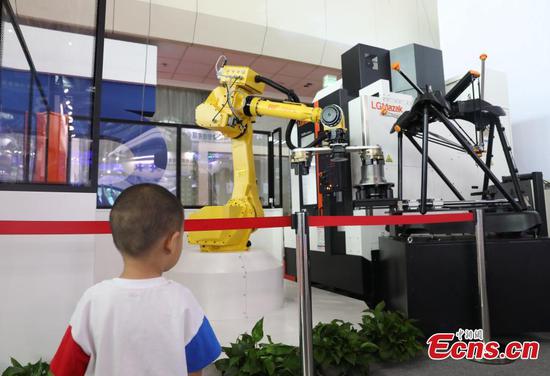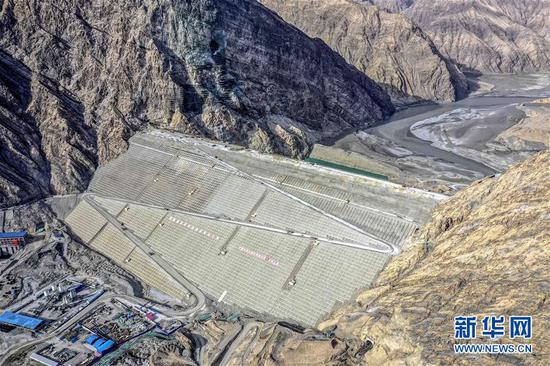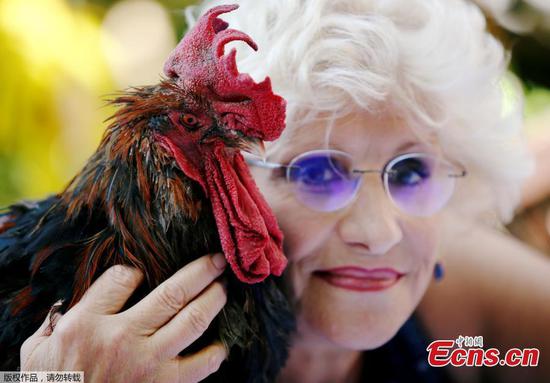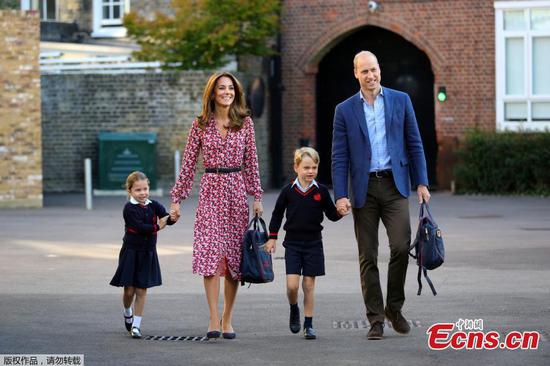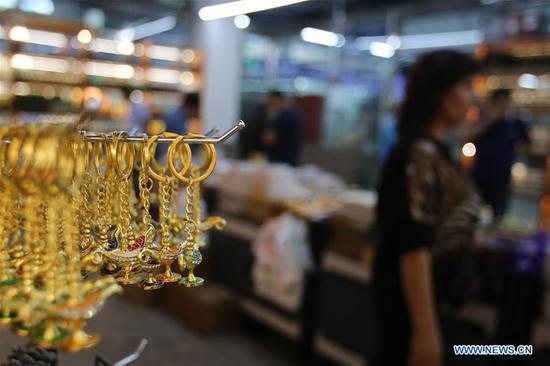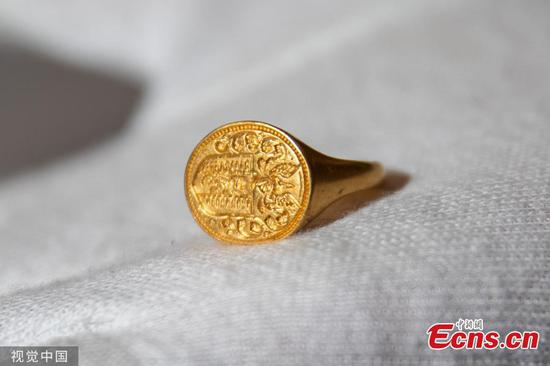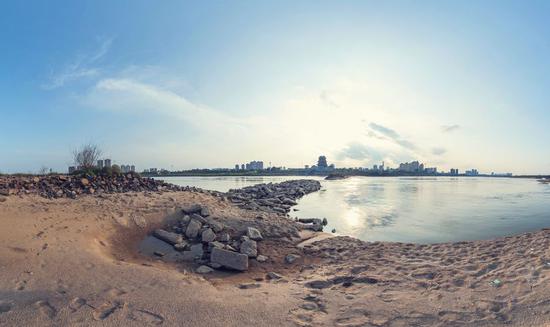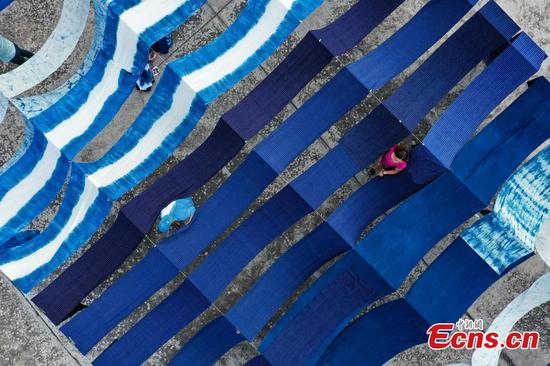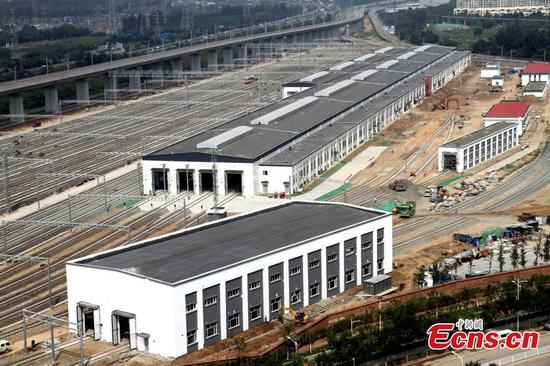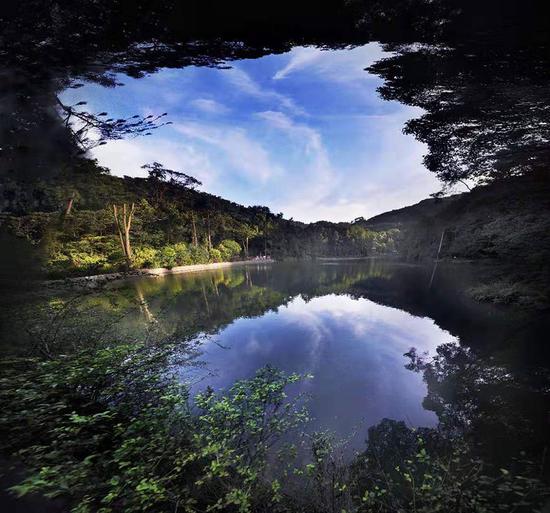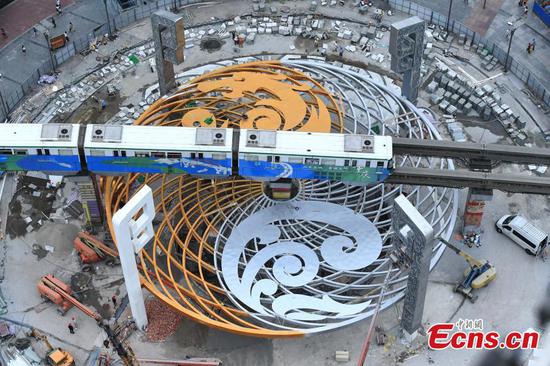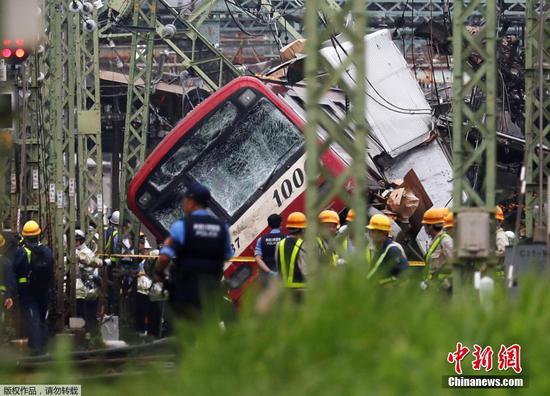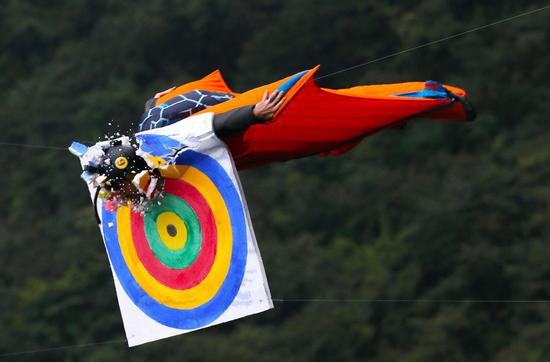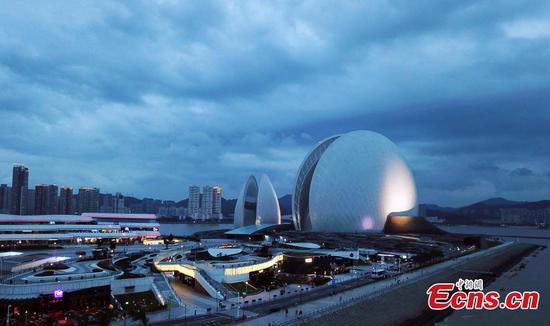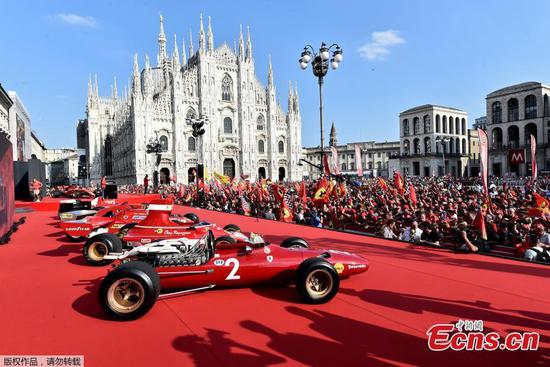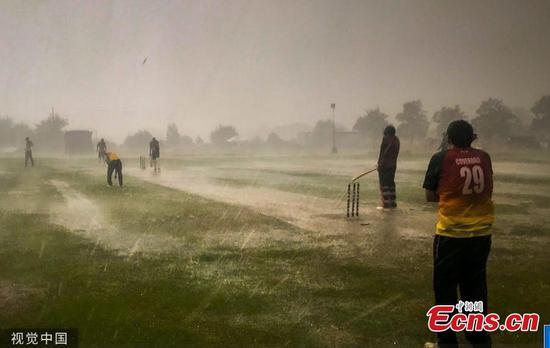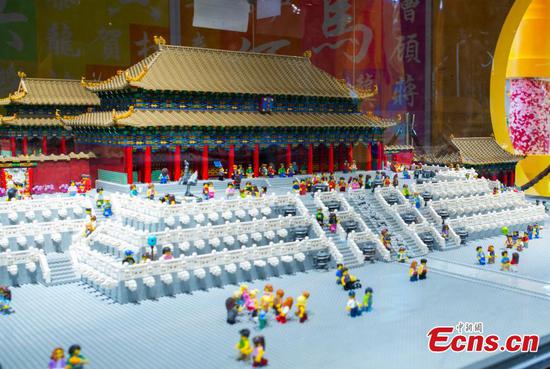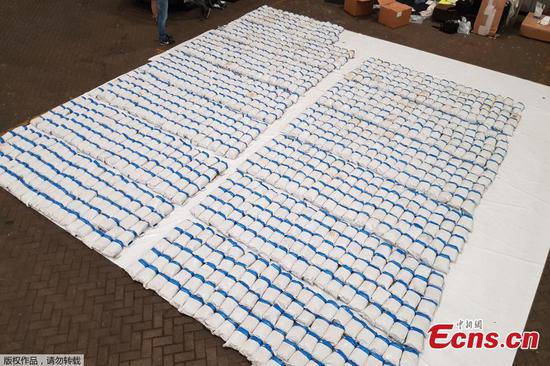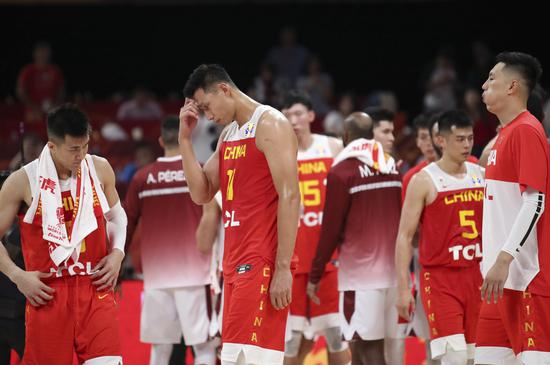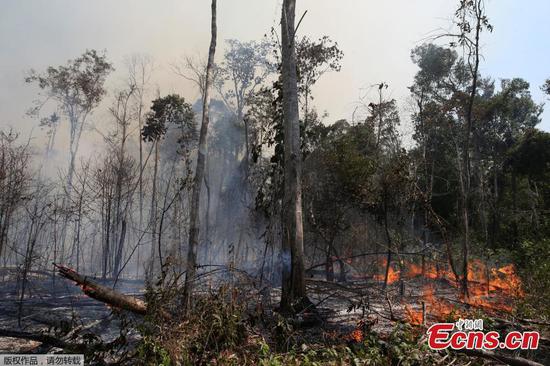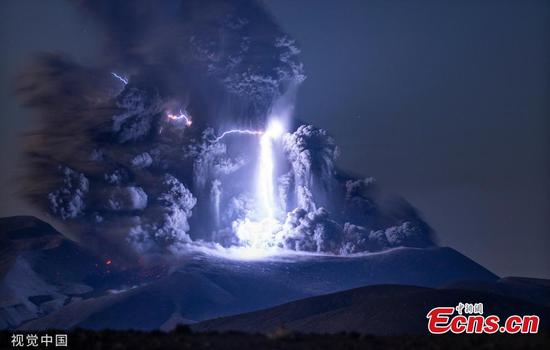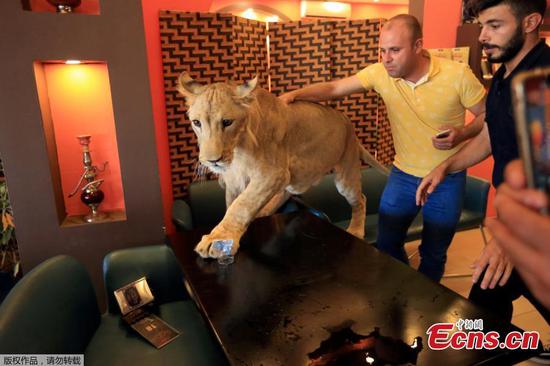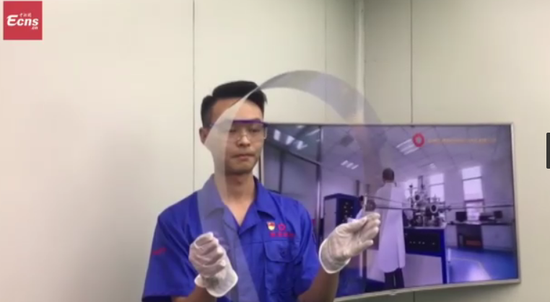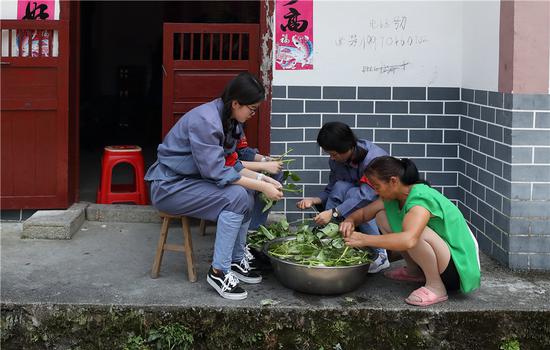
Steeped in history
Known as "the cradle of the Chinese revolution", Jinggangshan was the first revolutionary base of the communist Party of China and the headquarters of its army led by Mao Zedong.
After the aborted Autumn Harvest Uprising in 1927, one of the early armed insurrections by the Communists against the Kuomintang and the landlords of Hunan province, Mao led his forces to Jinggangshan. There, he established a base with the help of local chieftains Yuan Wencai and Wang Zuo.
It was there that Mao developed a rural-based strategy. He put forward the idea of an "armed independent regime of the workers and peasants" by "encircling the cities from the rural areas and seizing political power with armed force", paving the way for the Red Army's Long March in 1934 and leading to the revolution's final victory.
Today, Jinggangshan boasts a revolution museum and martyrs' memorials. Many villagers are descendants of Red Army martyrs and grew up hearing the stories of their ancestors.
Bashang village, for example, is where Mao stayed while his health recovered.
Dacang village is where he first met Yuan and convinced him, with a gift of more than 100 rifles, to join his cause.
The grandfather of Li Guofeng, the Party secretary of Bashang village, was one of the Red Army martyrs known for sending a white horse to Mao as a gift.
To take advantage of these and other stories and present a picture of how the Red Army fought under harsh conditions, the city has designed "Red Education" courses, to let tourists better understand the history of the city and experience the revolutionary spirit.










